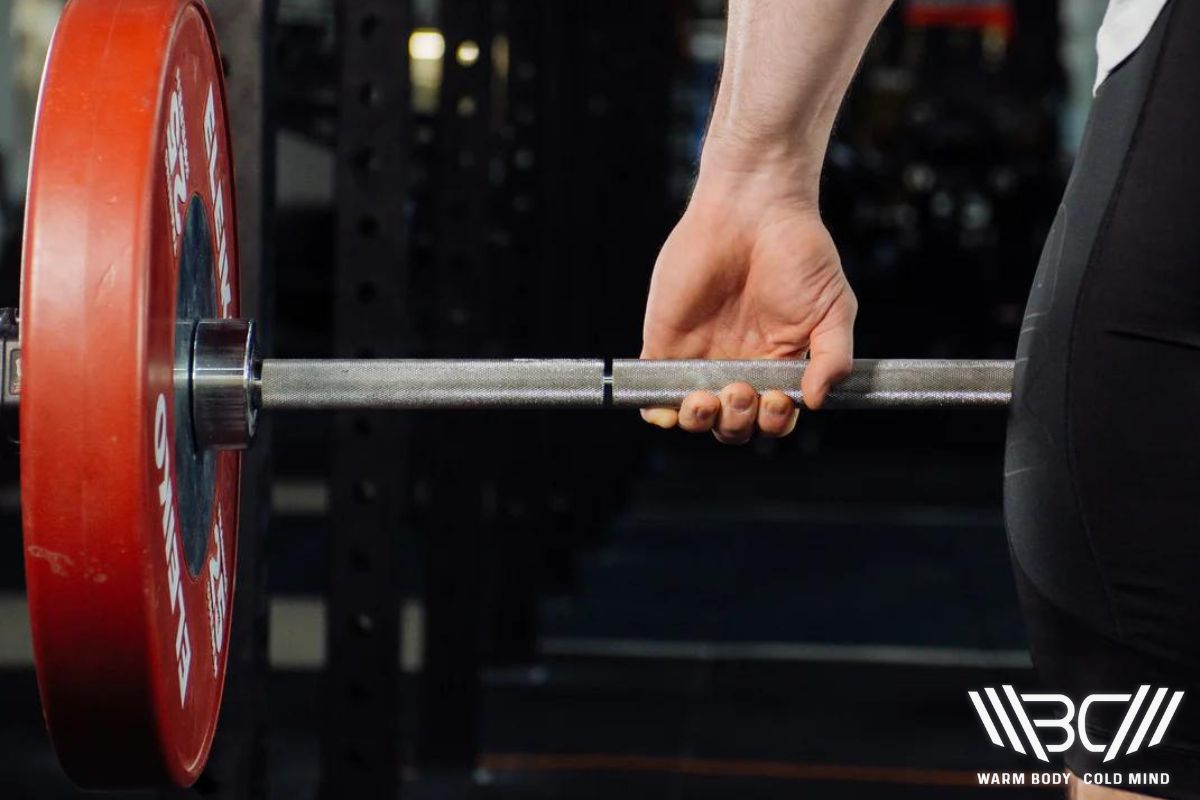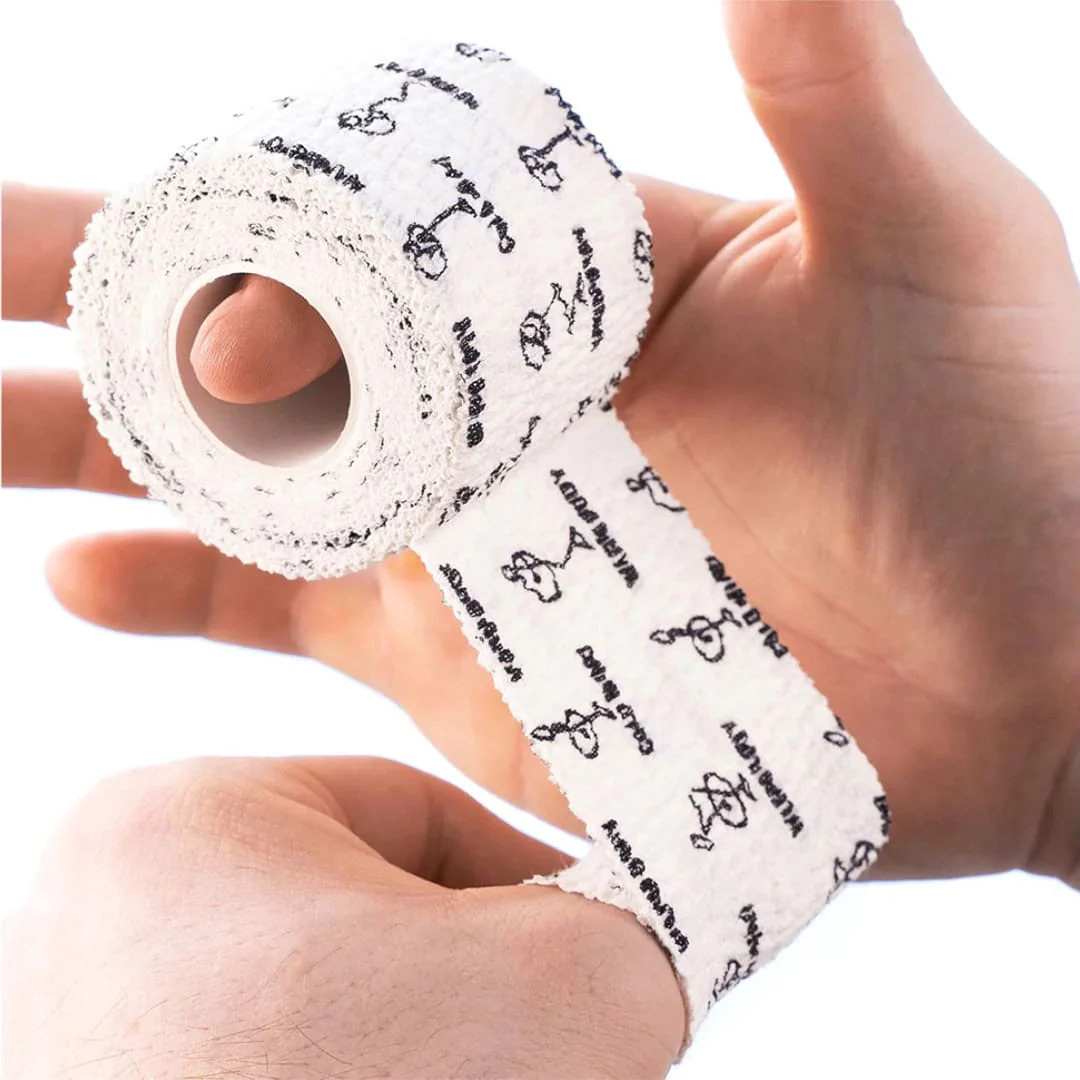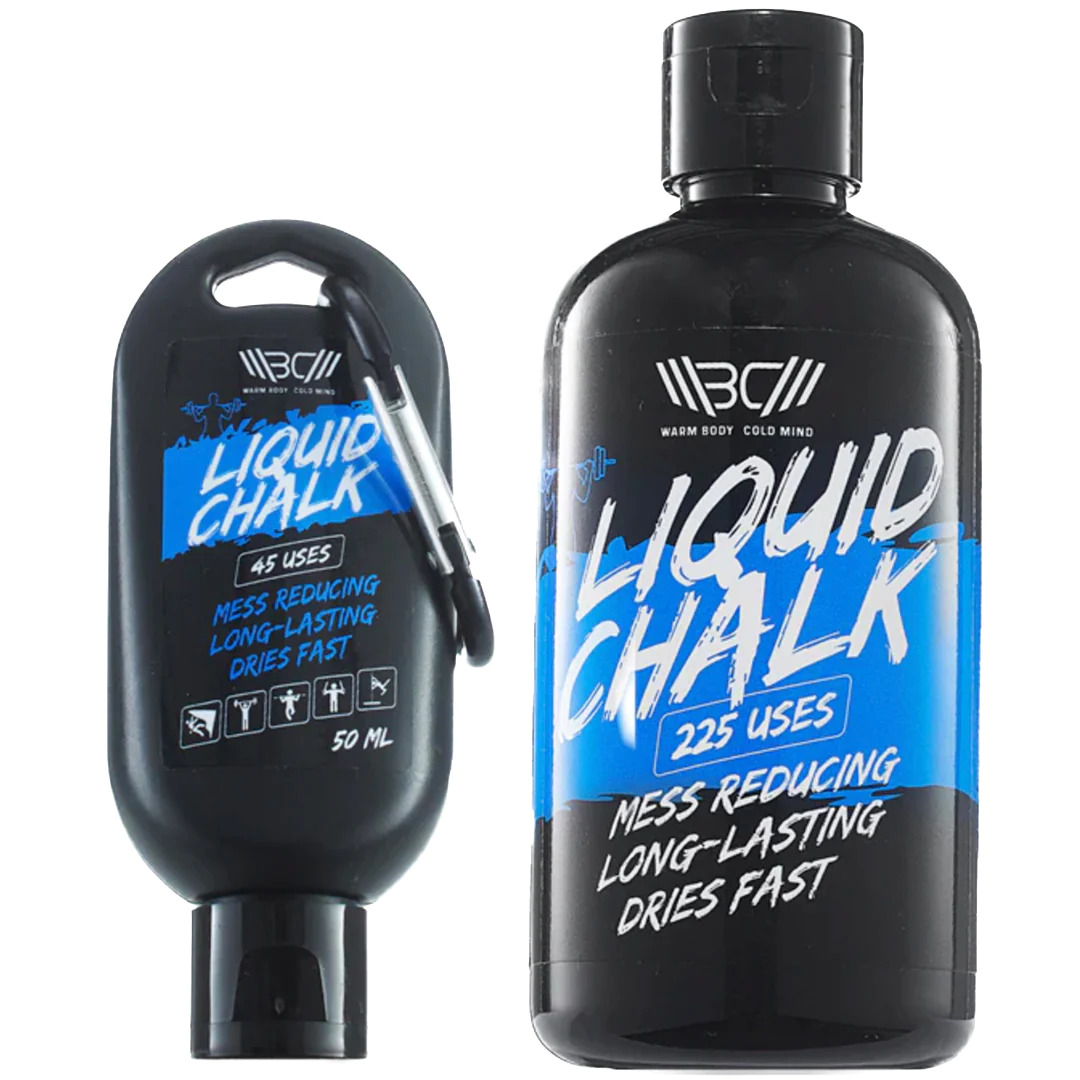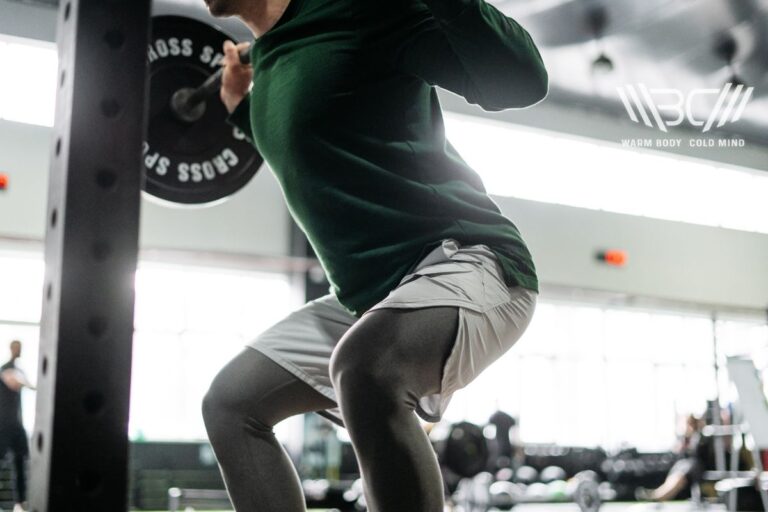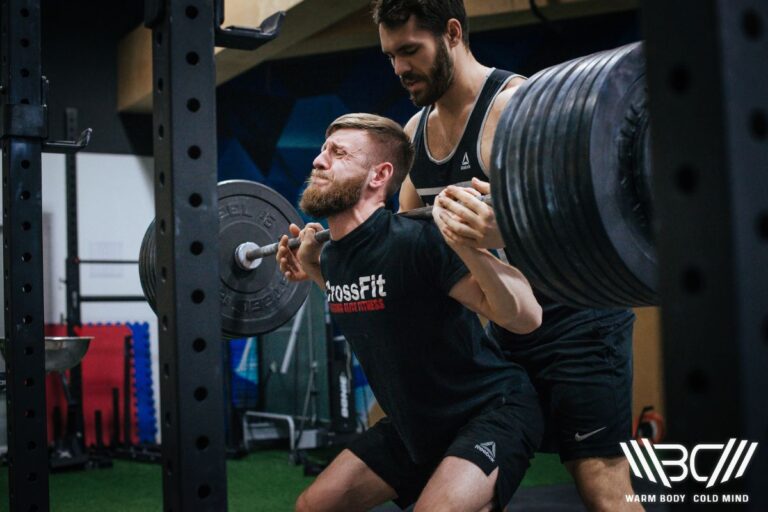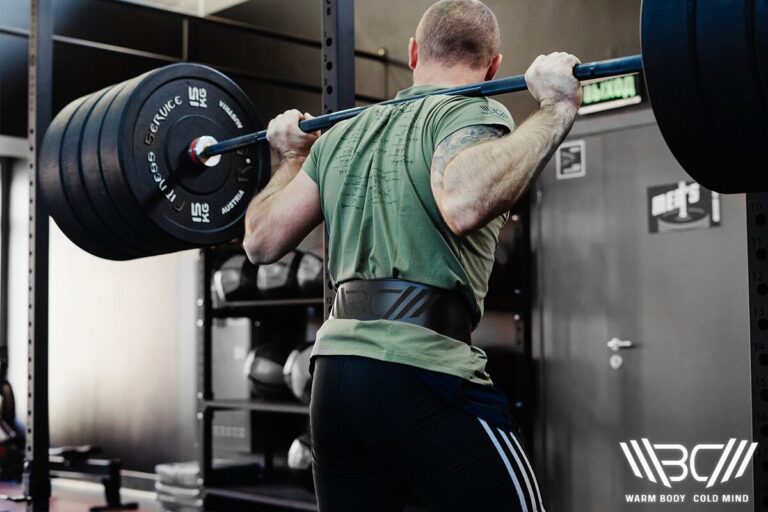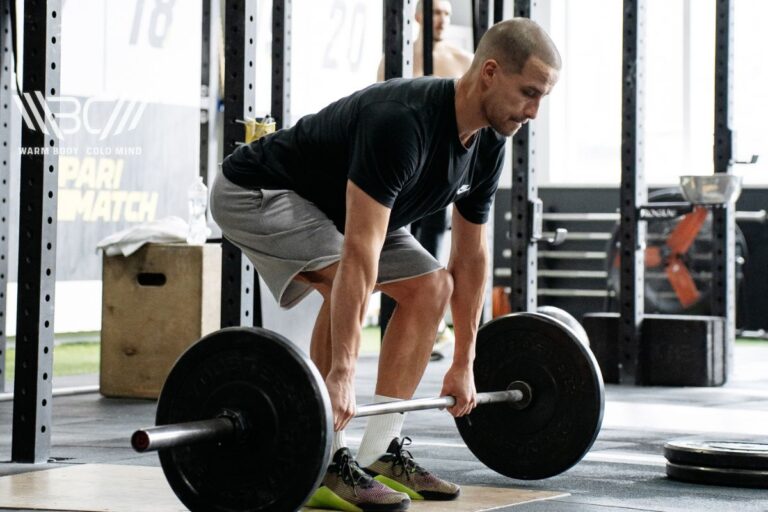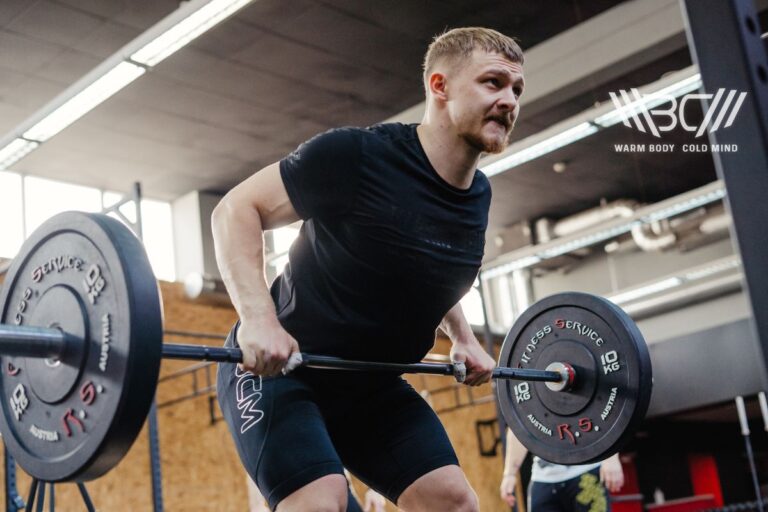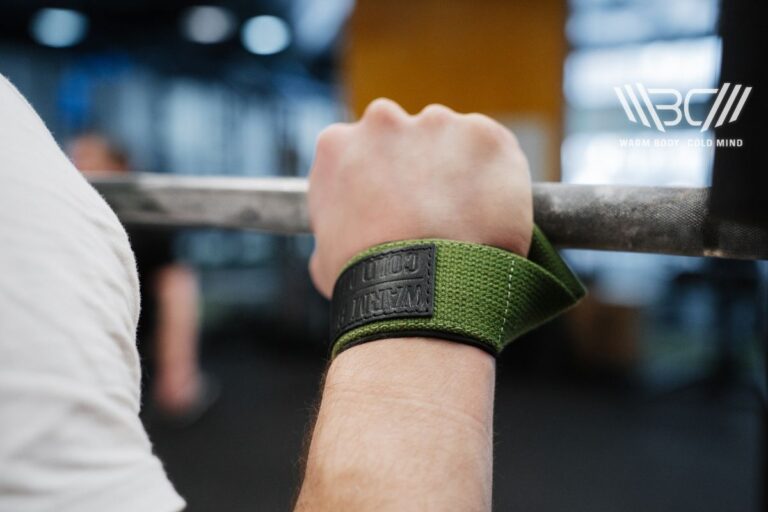How to Properly Hook Grip the Bar
The hook grip: is it so simple?
I made a lot of videos and wrote several articles about this important element of weightlifting: the hook grip. Very often, beginners in this sport have problems with it, because not everyone knows how to form this type of grip.
If you look in the weightlifting textbook it says: such a grip is pronated, with the athlete clamping his thumb between the bar and index finger and middle finger (however, there are exceptions, which will be discussed later). The hook grip is designed for the sportsman to confidently control the bar in the Olympic clean and the snatch.
One of the most important features of this grip is that the thumb is pressed tightly against the barbell fingerboard and is wrapped around it. This hook grip is radically different from the power grip, where the thumb has a different position – above the adjacent fingers.
With a hook grip, the weightlifter must make sure that the fingers hold the fingerboard firmly, as the fingers not only put pressure on the thumb bent under them but also cover it. This is especially true for beginners, who often make similar mistakes.
With this type of grip, the thumb creates a “protrusion” on the fingerboard, which is securely attached to the other fingers of the hand. This is a kind of hook that the weightlifter strengthens with two adjacent fingers.
From my own experience, I can confidently say that the hook grip is a reliable system that minimizes the likelihood of the bar rolling out of an athlete’s hands. With an overhand grip, the fingerboard rests on fingers and there is a certain risk that the athlete’s fist may open during exercise.
To solve this problem, powerlifters use another type of grip – the mixed grip. The alternated grip is quite safe and reliable, as the wrists are turned in different directions. This helps to stabilize the bar and minimizes the risk of rolling out. However, there is an important point: this grip is not suitable for competitive athletics.
The hook grip has the same efficiency. The thumb does not allow the fingerboard to jump out of the hand in one direction. Adjacent fingers will hold the fingerboard firmly in the opposite direction.
So, let’s summarize the above: thanks to the hook grip, the athlete can hold the barbell grip securely and safely, relaxing the forearm muscles. This allows the sportsman to better transmit the momentum of the foot effort to the bar during the final acceleration phase. In addition, it allows the weightlifter to accelerate the dynamics while diving under the bar.
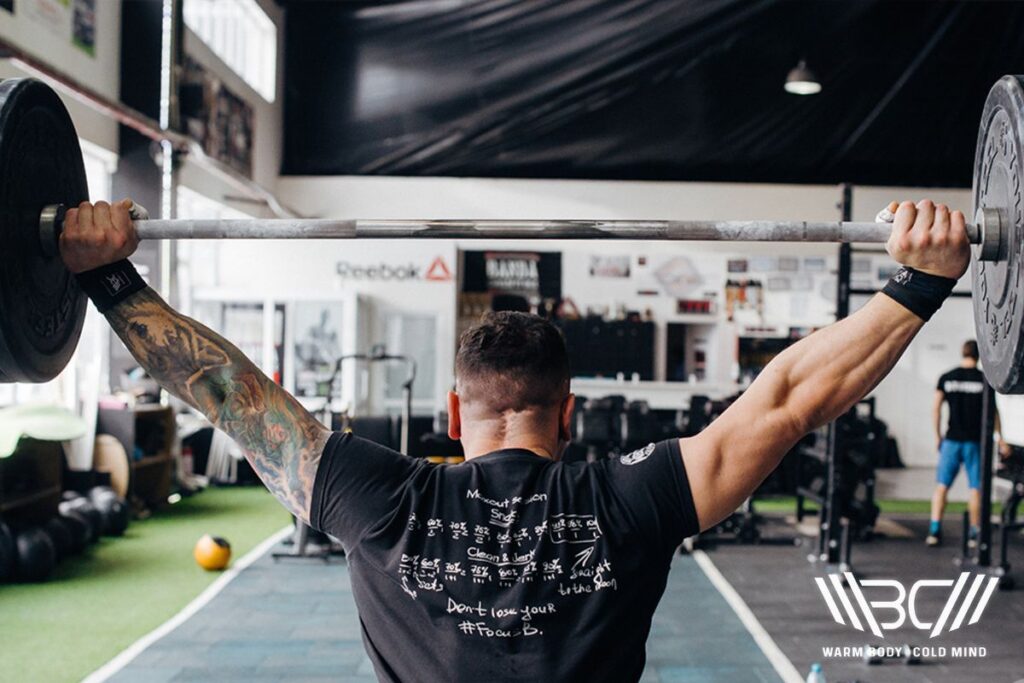
The athlete must decide on the optimal grip strength option (so that he can comfortably relax his arms and, at the same time, hold the barbell grip securely and prevent it from slipping out of his hands.
Here it is crucial which hands the athlete has: big or small. Many weightlifters with big palms can grasp the thumb with as many as 3 fingers. Instead, those in the lighter categories, press the thumb only with the index finger.
Beginners should be prepared for the fact that they will feel pain and some discomfort while learning the hook grip technique. I also dealt with this problem and at first, even though that the coach was deliberately checking my willpower.
Of course, one of the most effective ways to get used to the hook grip is to use it constantly during barbell exercises. The athlete’s hands will slowly get used to such a grip. At the end of the adaptation period, the hook grip will become comfortable and familiar.
In addition, I advise sportsmen to apply lifting chalk on the palms and wrap the thumbs with a lifting tape, because it will help better hold the bar and protect the skin.
During the preparation for various competitions, I often felt the skin on my hands burning, because the load was very serious. During such trainings, do not forget about the alternation of hook grip and the use of quality lifting straps.
I will tell a little secret to beginners – how well you have learned to use the hook grip will become apparent only during international competitions, when you will lift the maximum. And the sharp knurling of a new bar, which was unpacked before the competition, will give the athlete’s hands that special inexpressible feeling.
Author: Ihor Shymechko
Coach, PRO Olympic Weightlifter
Ihor Shymechko is a renowned Ukrainian weightlifter. He has represented his country in several Olympic Games, notably in 2008, 2012, and 2016. His impressive career includes winning the European championship in 2009 and earning a silver medal in 2011 in the +105 kg division. Shymechko also earned a Ph.D. from Lviv State University of Physical Culture.

